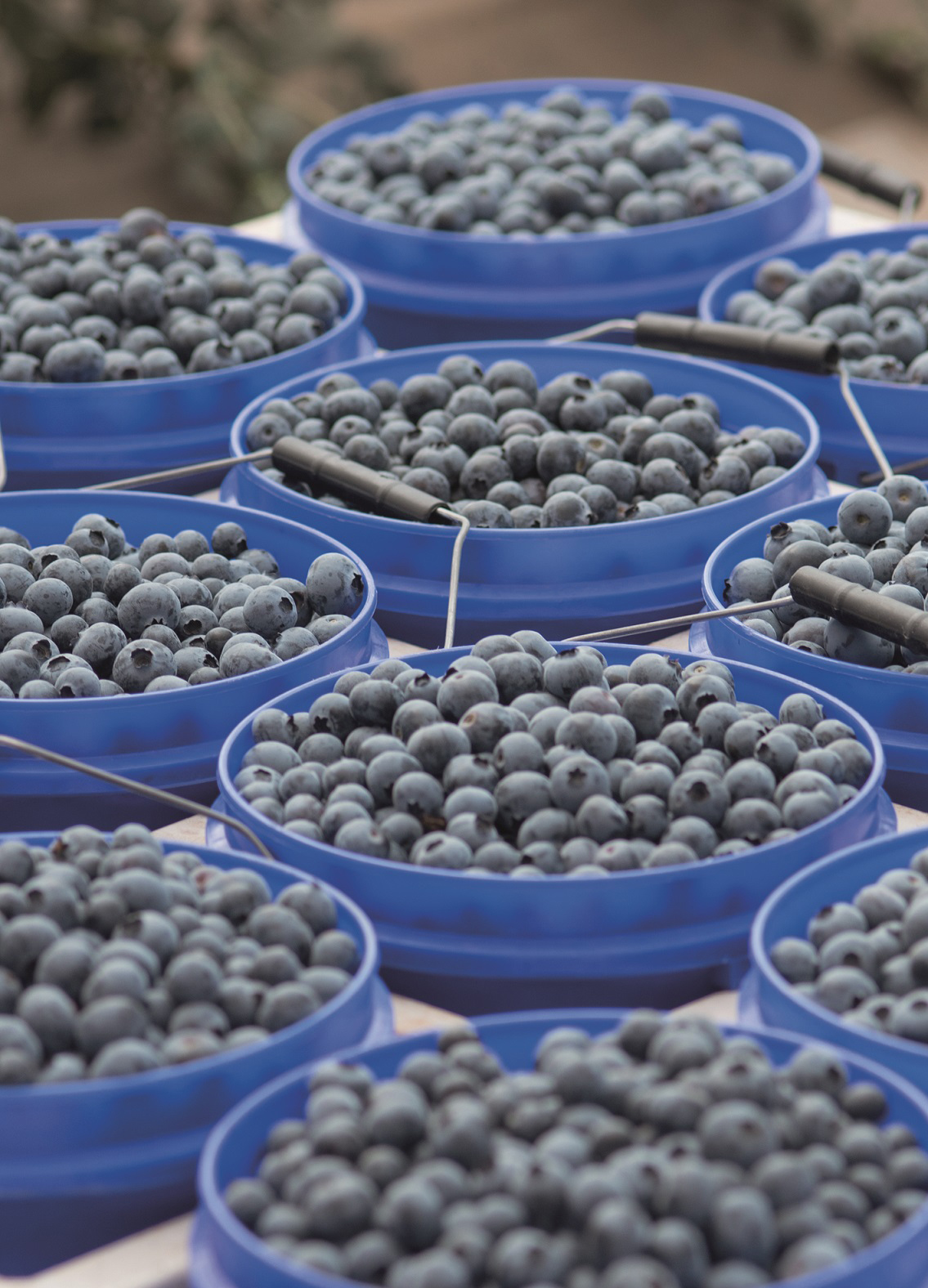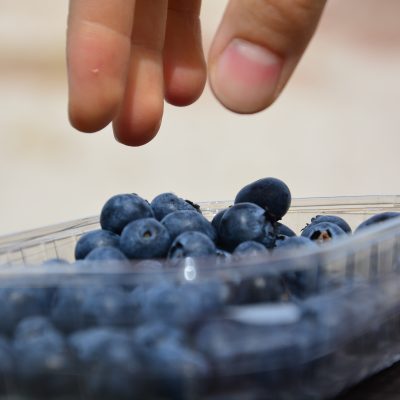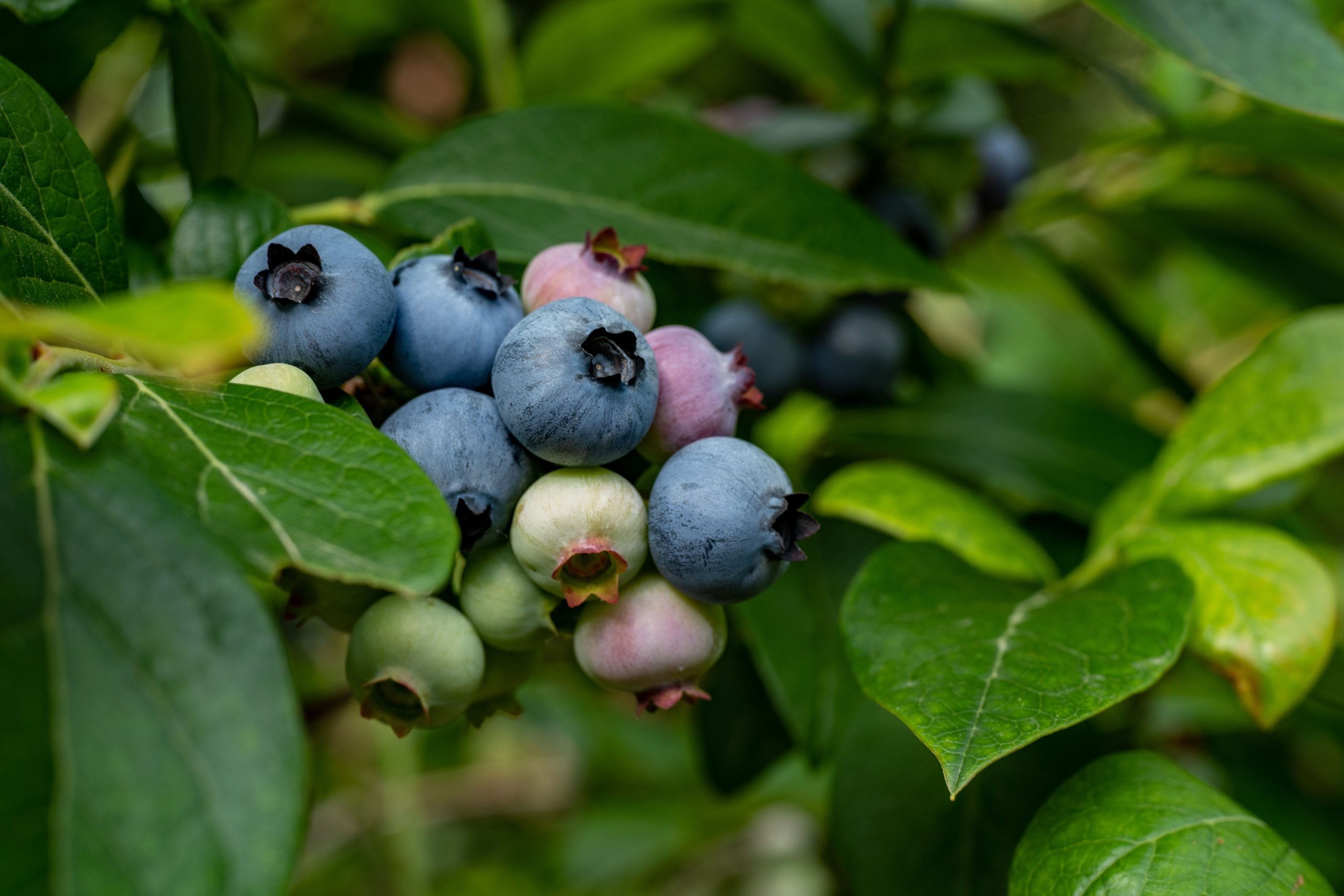Why americans are eating more raspberries and blueberries than ever
Although berries are typically in season in the summer, they have been creeping onto winter menus for a long time—and not just those strawberries dipped in chocolate every February for Valentine’s Day.
The United States Department of Agriculture is reporting a huge surge in the per capita consumption of fresh raspberries—a rise of 475 percent from 2000 to 2012, the most recent year for which data are available. Blueberry consumption is blowing up like Violet Beauregarde—up 411 percent. The consumption of the much-beloved strawberry is up 60 percent.
Traditionally, cheaper, hardier fruits—such as apples, oranges, and bananas—have dominated America’s fruit bowls. Nowadays, on top of the berry bump, the amount of pineapple we eat has nearly doubled, and there’s been about a 40 percent rise in the consumption of mangoes, papayas, and tangerines. Those may sound more exotic and enticing, but The New York Times reports that it’s not so much the American palate that’s shifting.
It doesn’t hurt that berries get a lot of lip service as healthy superfoods, but industry experts say our farmers are shifting and improving their production to cash in on the berries in off seasons, when prices more than triple. For example, blueberry growers aren’t limited to areas that get cold weather to bring them out of dormancy because new varieties are allowing growers in coastal California to cash in on the crop.
“Techniques in growing raspberries, blueberries, and blackberries have gotten much better over the last 15 years,” Chris Romano, head of global produce buying for Whole Foods, told the Times.
Improved techniques haven’t driven down prices for off-season berries yet—which is why it’s probably still easiest on pocketbooks to eat seasonally: One farmer tells the Times his organic blueberries are now selling for $40 a 3.3-pound box, and the same box would sell for $12 in July, the peak of the season.
12/01/2014
www.takepart.com




